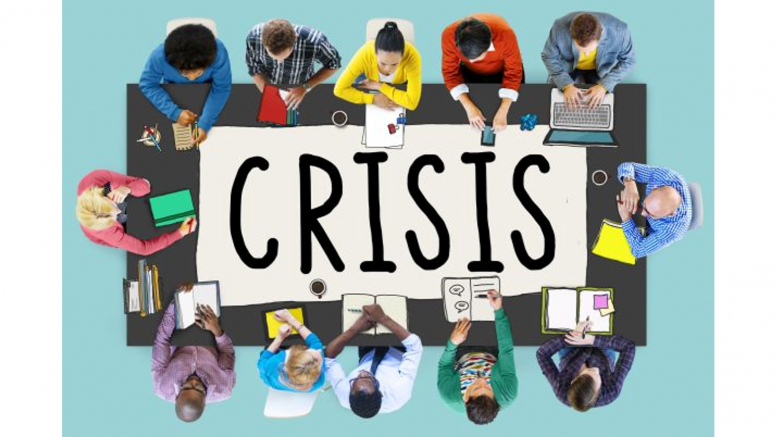A crisis can hit an entity in any form and at any time. A minor issue can accelerate into a massive controversy and damage the brand image. Further advanced AI technologies like deep fakes have made establishments vulnerable to controversies. Hence, every organisation should have a robust crisis mitigation strategy to protect its reputation and business from adversaries. The success of a crisis management strategy largely depends on external communication and efforts to flag and counter misinformation/ fake news. Companies may have different approaches to reputational risk management based on the nature of business and risk factors. However, the key to addressing the crisis lies in transparent communication backed by facts, effective use of technology and swift response to misinformation/fake news. Though communicators play a vital role in preparing a robust crisis communication strategy, it is a joint effort of management and key departments.
Here are five thumb rules of effective crisis communication.
- Acknowledge the Issue
The first step of crisis management is acknowledging the problem. Most of the time, maintaining silence can help in navigating the situation. However, it is not a proven strategy in all scenarios and may attract negative press. No response approach may flare the controversy, and turn it into a reputational crisis. Recognise the issue and be empathetic in your response to the stakeholders. Avoid getting into a confrontation with critics, as it may worsen the situation. Be humble and extend cooperation to resolve the crisis.
- Be First Respondent to the Media
Be swift in your response during a crisis. Take your internal audience into confidence, and update them on the situation. Refrain from avoiding media queries during the crisis as it may cause more damage to the company’s image. Assign a spokesperson to address media queries/ counter fake narratives effectively. In case of multiple spokespersons, ensure that they are on the same page and consistent in their response. Media training can help in preparing spokespersons to handle difficult press encounters. Leverage official platforms to disseminate company responses.
- Counter Misinformation/ Fake News
Misinformation and fake news floating on digital platforms can amplify the controversy and make it a national issue. It can severely damage an organisation’s reputation and impact business. Develop a mechanism to identify and counter misinformation/fake news in real-time. Take help of media monitoring/tracking tools to know conversations around the brand in social circles. Leveraged owned media such as official social media handles and company blogs to constantly feed correct information to the audience. Be authentic in your communication and counter allegations with facts/ expert opinions.
- Engage with Regional Publications
Many times conflict arises at a local level and spreads to the national level due to lack of attention in the first place. Never underestimate the power of regional media in terms of their influence and reach. Engage with them to connect with the local audience. Translate your response in regional languages to tap audience beyond metro cities. Monitor conversations in the regional circles and extend support to defuse the crisis. It is crucial to disseminate your message across the platforms to communicate with the maximum number of people.
- Crisis Management Handbook
Have a crisis management handbook in place to address any reputational issue effectively. Chalk down dos and don’ts of crisis management, standard response drafts vetted by the legal/compliance teams, list of media publications and stakeholders and effective social media/news monitoring strategy. Involve influencers/ trusted associates/ ambassadors who can help curb the damage by telling positive brand stories. You may also leverage employee advocacy to build trust among the audience. Remember to tell your story that resonates with your audience.
The views and opinions published here belong to the author and do not necessarily reflect the views and opinions of the publisher.



Be the first to comment on "Five Thumb Rules of Effective Crisis Communication"